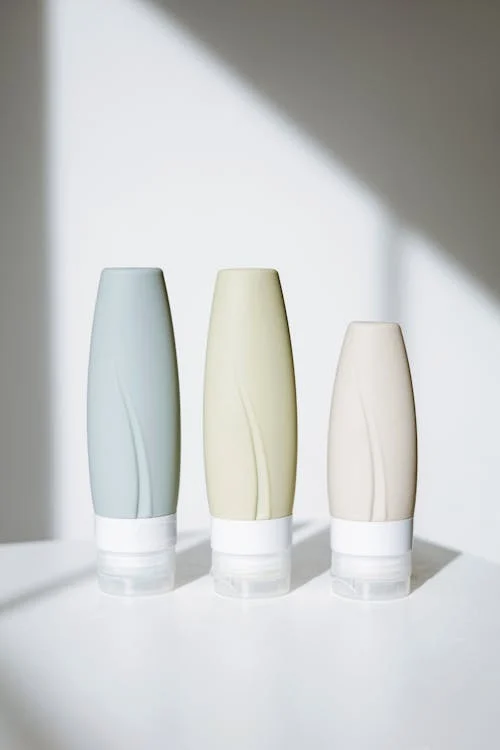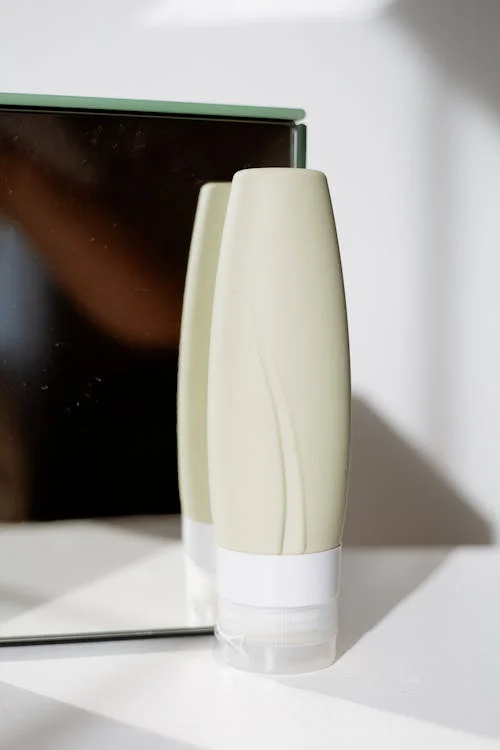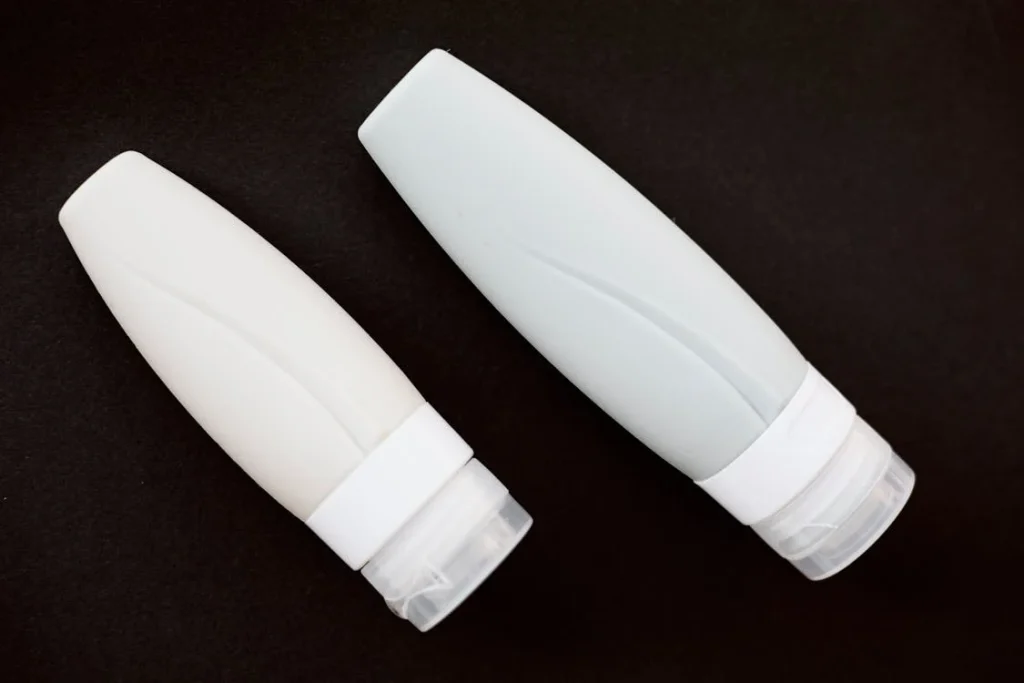The Best Skin Care Packaging Brand 2024

Introduction to Skin Care Packaging
In the ever-evolving world of skincare, packaging plays a crucial role in both branding and product integrity. The packaging of skincare products is not just about aesthetics; it directly impacts the effectiveness, shelf life, and user experience of the product. High-quality, well-designed packaging can set a brand apart, ensuring it stands out in a competitive market. This guide explores the various aspects of skincare packaging, including material choices, sustainability, design considerations, and regulatory requirements, offering insights into why packaging is a critical component of any successful skincare product.
Thank you for reading this post, don't forget to subscribe!
The Role of Packaging in Product Preservation
Importance of Material Selection The Best Skin Care Packaging Brand 2024
The choice of packaging material is fundamental to maintaining the integrity of skincare products. Skincare formulations often contain active ingredients that can degrade when exposed to light, air, or moisture. Therefore, packaging materials must provide a protective barrier against these elements. Common materials used in skincare packaging include:
- Glass: Provides excellent protection against moisture and air. It is also resistant to chemical interactions with the product, making it ideal for products with potent active ingredients.
- Plastic: Lightweight and versatile, plastics like PET (Polyethylene Terephthalate) and HDPE (High-Density Polyethylene) are commonly used. They offer good protection but can vary in their barrier properties.
- Aluminum: Known for its ability to protect products from light and air, aluminum is often used for tubes and cans, particularly for products like sunscreens and deodorants.
- Paper and Cardboard: Increasingly popular due to the demand for sustainable options, these materials are often used for outer packaging or secondary packaging but require additional barriers for effective preservation.
Impact on Product Shelf Life The Best Skin Care Packaging Brand 2024
Packaging directly affects the shelf life of skincare products. Materials that provide a strong barrier to external factors like oxygen and light help extend the shelf life of sensitive formulations. For example, airless pumps and dark-colored glass bottles are commonly used to prevent oxidation of products containing Vitamin C or Retinol, which are prone to degradation.
Design Considerations in Skin Care Packaging
Aesthetic Appeal and Brand Identity The Best Skin Care Packaging Brand 2024
Visual appeal is a powerful tool in the skincare industry. Packaging design serves as the first point of contact between the brand and the consumer, making it a critical aspect of brand identity. A well-designed package can convey the brand’s values, target audience, and the product’s key benefits. Key design elements include:
- Color Schemes: Colors can evoke emotions and set expectations about the product. For instance, green often represents natural or organic products, while white and blue are associated with purity and cleanliness.
- Typography: Font choice can influence a consumer’s perception of a product. Elegant, serif fonts might suggest luxury, while bold, sans-serif fonts can imply a modern and approachable brand.
- Graphics and Imagery: Imagery on packaging should be aligned with the product’s purpose and the brand’s message. Minimalist designs can suggest simplicity and effectiveness, while intricate patterns can hint at sophistication and luxury.
Functionality and User Experience The Best Skin Care Packaging Brand 2024
While aesthetics are important, functionality should never be compromised. Packaging must be easy to use, and convenient, and should enhance the overall user experience. Features like pumps, droppers, and squeeze tubes are popular in skincare packaging because they allow for controlled dispensing, reducing product wastage and ensuring hygiene.
Innovation in The Best Skin Care Packaging Brand 2024
The skincare industry is continuously innovating, with packaging technology evolving to meet consumer demands. Innovations such as smart packaging with QR codes for product information, refillable systems, and biodegradable materials are gaining traction. Brands are also exploring airless technology, which not only extends the shelf life of products but also minimizes contamination by reducing air exposure.
Sustainability in Skin Care Packaging

The Shift Towards Eco-Friendly The Best Skin Care Packaging Brand 2024
As consumers become more environmentally conscious, the demand for sustainable packaging solutions has grown. Brands are responding by adopting materials that are recyclable, biodegradable, or made from renewable sources. Key trends in sustainable skincare packaging include:
- Recycled Materials: Using post-consumer recycled plastics or glass helps reduce the environmental footprint of packaging.
- Minimalist Packaging: Reducing excess packaging materials not only cuts costs but also appeals to eco-conscious consumers. This includes eliminating unnecessary outer boxes or inserts.
- Refillable Systems: Offering refill options for products is an effective way to reduce waste. Consumers can purchase refills in less packaging, often at a lower cost, while reusing their original containers.
Challenges in Sustainable The Best Skin Care Packaging Brand 2024
While the shift towards sustainability is positive, it does come with challenges. Sustainable materials may not always offer the same level of protection as traditional options, potentially affecting product stability. Moreover, the cost of sustainable materials can be higher, which may impact the overall pricing strategy. Brands must carefully balance sustainability with functionality and cost-effectiveness to ensure they meet consumer expectations without compromising quality.
Regulatory Requirements for Skin Care Packaging

Compliance and Labeling The Best Skin Care Packaging Brand 2024
Skincare packaging must comply with regulatory standards that vary by region. These regulations are designed to protect consumers and ensure the packaging is safe, truthful, and not misleading. Key considerations include:
- Ingredient Disclosure: Labels must list all ingredients, often in descending order of concentration, to inform consumers and prevent allergic reactions.
- Usage Instructions and Warnings: Clear instructions on how to use the product, along with any necessary warnings (e.g., “avoid contact with eyes”), are mandatory.
- Claims and Certifications: Any claims made on the packaging, such as “organic,” “cruelty-free,” or “dermatologist tested,” must be substantiated and often require certification from recognized bodies.
International The Best Skin Care Packaging Brand 2024
Understanding and adhering to international packaging standards is crucial for brands operating globally. Packaging regulations can differ significantly between markets, particularly when it comes to labeling requirements and acceptable materials. Brands must ensure their packaging is compliant with the laws in each country where their products are sold, which can involve navigating a complex landscape of guidelines and certifications.
Conclusion
In the highly competitive skincare market, packaging is more than just a container for the product; it is a vital component of the product’s overall success. From protecting the integrity of the formulation to reflecting the brand’s identity and values, every aspect of packaging must be carefully considered. As consumer preferences shift towards sustainability, brands that innovate and prioritize eco-friendly options will not only meet market demands but also position themselves as leaders in the industry. By focusing on high-quality, functional, and sustainable packaging, skincare brands can enhance the consumer experience and build lasting brand loyalty.
